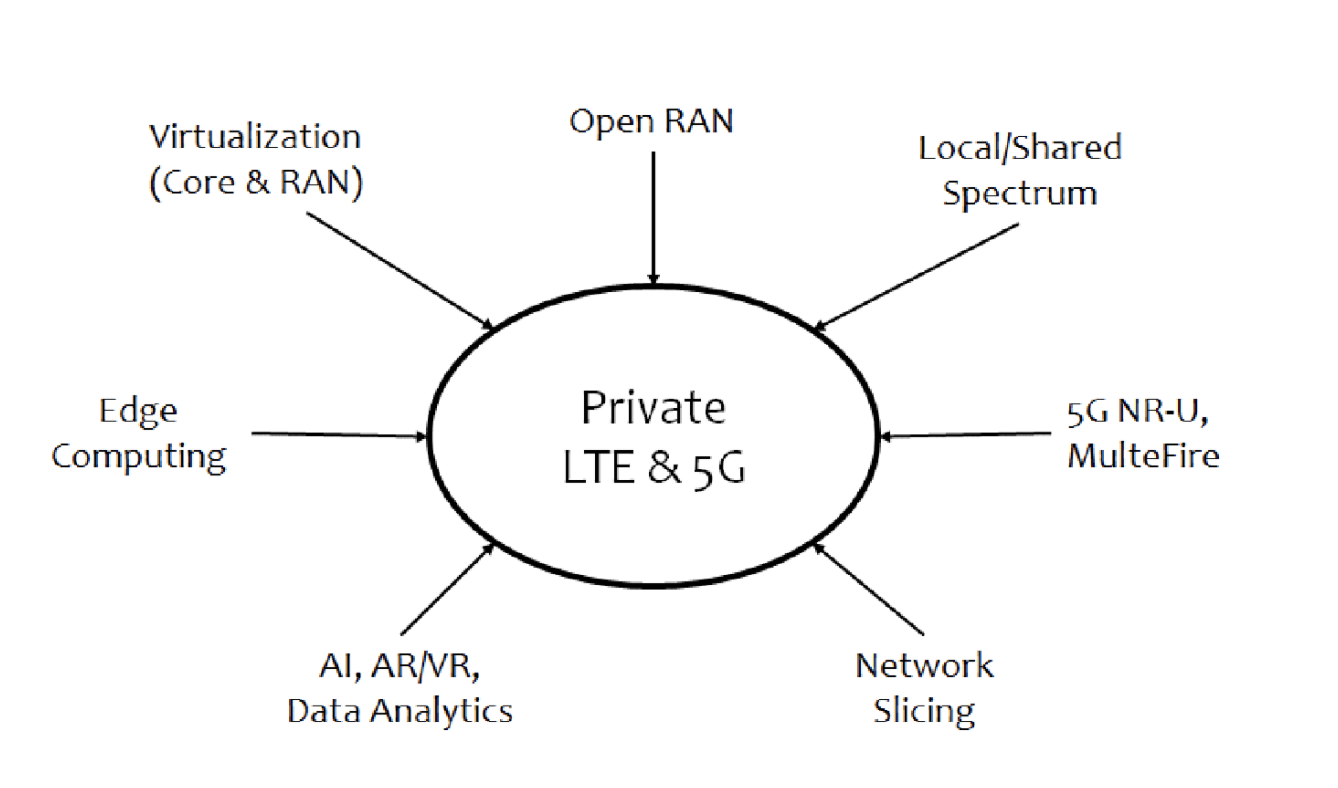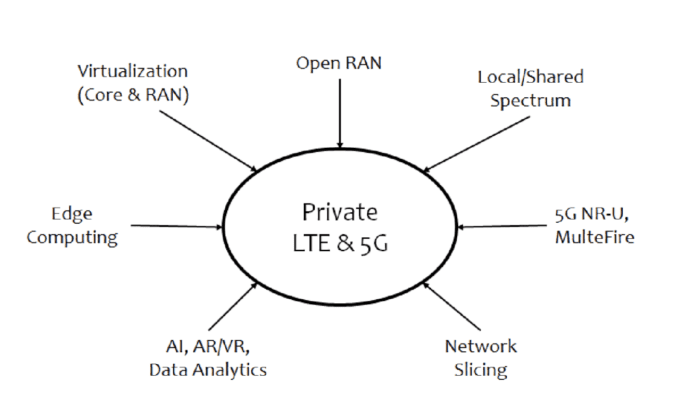My grandfather gave me a Swiss Army Knife when I was 10 years old. (Of course, the first thing that I did was to test the sharpness of the blade, and I found out that it was a lot sharper than Mom’s kitchen knives). One Band-Aid later, I discovered that it was a tool that could be adapted for nine different purposes.
In the telecom business, we have developed mobile networks for a single purpose over many years. The mobile market is a consumer smartphone market…and it handles boatloads of data in real-time, with users moving around. We now have LTE and 5G technologies that are really good at high spectral efficiency and mobility, but have not been engineered to give up spectral efficiency or mobility for latency, packet loss, or other key factors.
Today we have new techniques that allow us to fold the network into different configurations, like my old Swiss Army Knife. Our recent research has revealed some stark differences for various vertical markets:
- Oil & gas companies are focused on Edge Computing for remote operations, and are highly focused on control over their data;
- Manufacturing companies need high reliability and low latency in automation, in a facility where the radio channel modeling can be perfected using local AI.
- Electric utilities need deterministic timing in their networks, to synchronize equipment over long distances.
- Transportation companies want to employ some mission-critical applications that rely on a combination of high reliability and mobility.
- Some smart city applications require large numbers of sensors, stretching the ability of the network to handle high density of control signaling.
At the same time, the business model for all of these different vertical sectors must be just as flexible. Some enterprises want to own their spectrum, equipment, and computing platforms. Others want an “as-a-Service” business model. We expect that most of the vertical markets will actually settle somewhere in between, with cloud-based core networks and possibly cloud-based RAN elements but locally owned radios and edge computing hardware. We’re forecasting a significant shift toward these ‘hybrid’ business models over the next five years.

So far, the headlines have been dominated by the big telecom suppliers ‘scaling down’ their 5G networks for enterprise customers. That’s a great start. But more significant changes are coming. With the convergence of Open RAN, virtualization, new spectrum, and edge computing offerings, we expect to see new players come in to challenge Nokia and Ericsson. This will be a fight worth watching.
My old Swiss Army knife was never the best knife. Filleting a fish was messy. In the same way, an ORAN-based 5G network on private spectrum is not likely to exceed the combination of spectral efficiency and mobility that Verizon has in the field today. But an ORAN-based product line with interchangeable radio options and cloud-based DU/CU/core network options will be an extremely versatile tool, that can be adapted for countless purposes.
No single enterprise has enough scale to drive a low-cost network. So the big challenge in the enterprise market is to come up with a way to enjoy economy of scale, while tailoring each network to a different purpose. If you’re going to carry one network architecture in your pocket for 1000 different private 5G networks, O-RAN is the right choice.

